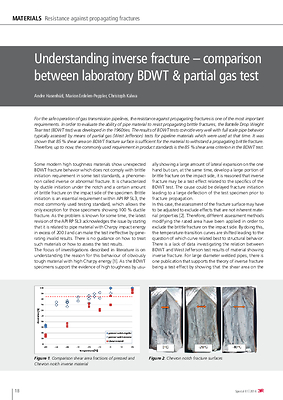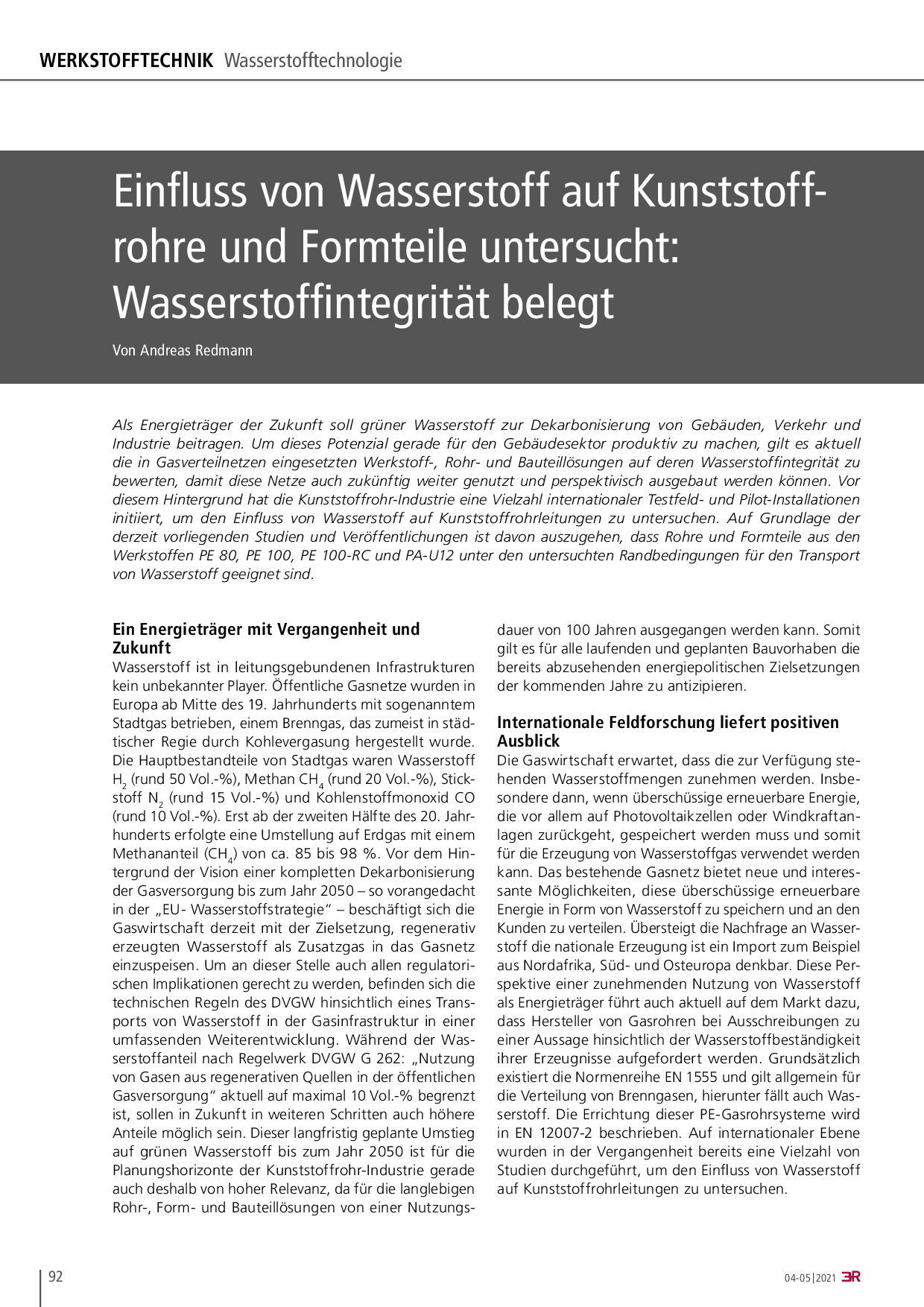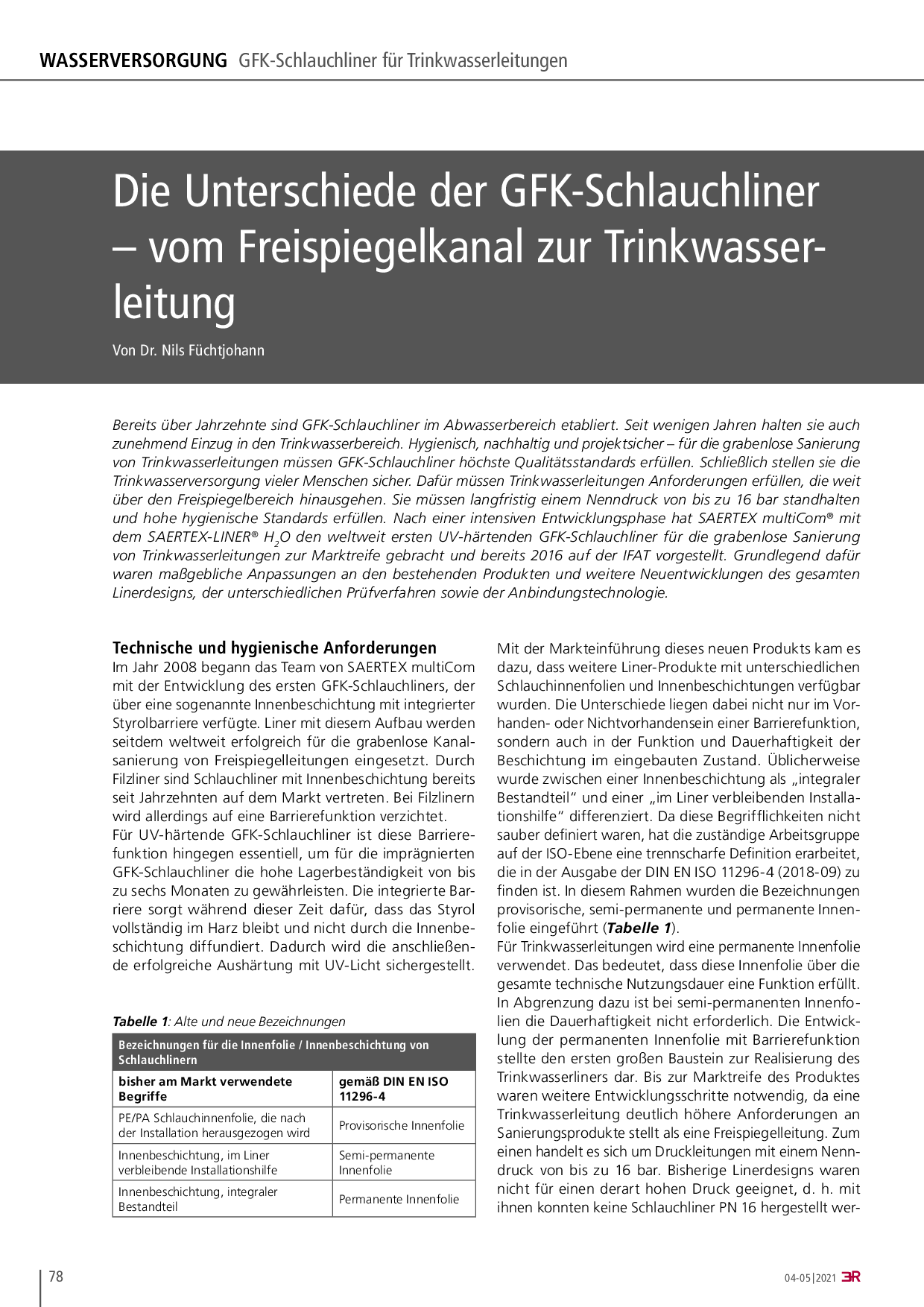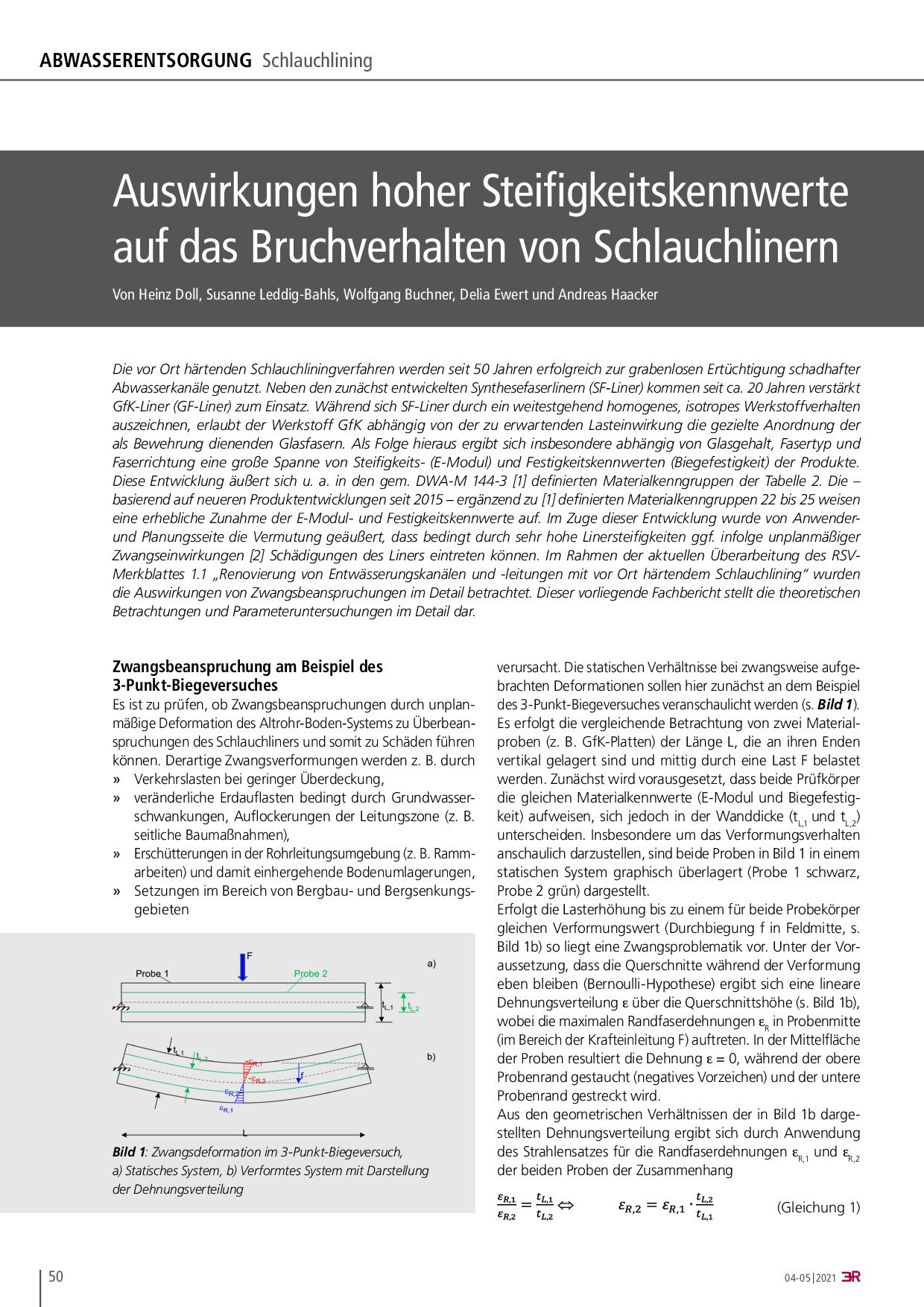Understanding inverse fracture – comparison between laboratory BDWT & partial gas test
Themen: Gas | Pipeline | Werkstofftechnik
Publikationsform: Fachartikel
Artikelnummer: 01252_2016_SP1_01
Zeitschrift: Understanding inverse fracture – comparison between laboratory BDWT & partial gas test
Autor: Andre Hasenhütl / Marion Erdelen-Peppler / Christoph Kalwa
Herausgeber: For the safe operation of gas transmission pipelines, the resistance against propagating fractures is one of the most important requirements. In order to evaluate the ability of pipe material to resist propagating brittle fractures, the Battelle Drop Weight Tear test (BDWT test) was developed in the 1960ties. The results of BDWT tests coincide very well with full scale pipe behavior typically assessed by means of partial gas (West Jefferson) tests for pipeline materials which were used at that time. It was shown that 85 % shear area on BDWT fracture surface is sufficient for the material to withstand a propagating brittle fracture. Therefore, up to now, the commonly used requirement in product standards is the 85 % shear area criterion in the BDWT test.
Verlag: Vulkan-Verlag GmbH
Publikationsformat: PDF
Details
For the safe operation of gas transmission pipelines, the resistance against propagating fractures is one of the most important requirements. In order to evaluate the ability of pipe material to resist propagating brittle fractures, the Battelle Drop Weight Tear test (BDWT test) was developed in the 1960ties. The results of BDWT tests coincide very well with full scale pipe behavior typically assessed by means of partial gas (West Jefferson) tests for pipeline materials which were used at that time. It was shown that 85 % shear area on BDWT fracture surface is sufficient for the material to withstand a propagating brittle fracture. Therefore, up to now, the commonly used requirement in product standards is the 85 % shear area criterion in the BDWT test.
Preis: 4,90 €Zum Shop



